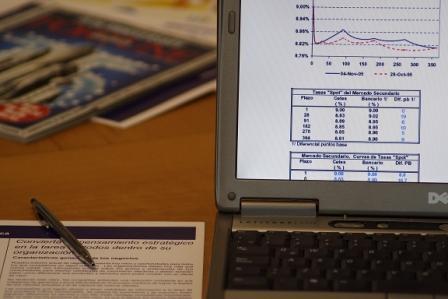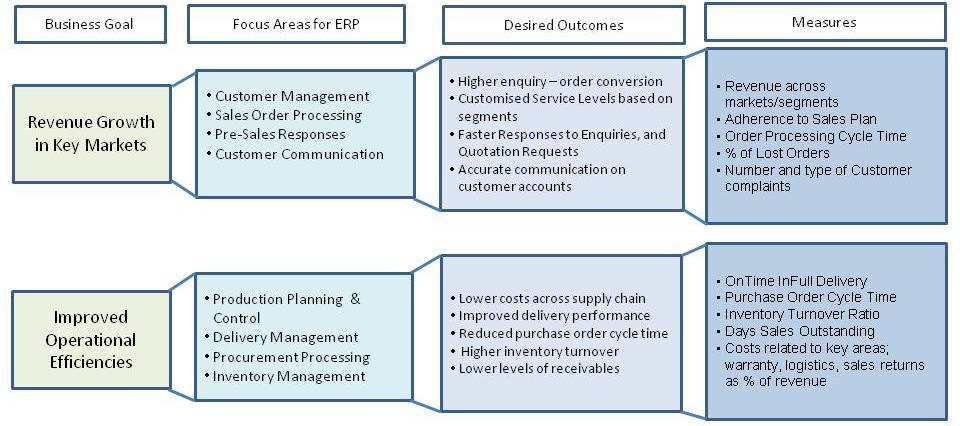
In this second part of the blog, we will discuss the process to be followed in a benefit oriented approach to implementing ERP at SMBs. Appointing a Benefit Realization Manager (BRM), the role we discussed in Part I, and following the process recommended in this edition can help SMBs realize better returns to their investments in ERP.
Generally, ERPs will be expected to bring in a more disciplined approach to conducting the business with their ‘single source of truth’ premise and integration features. However, these benefits may not necessarily result in business value measured in terms of revenues, costs or customer service that commensurate with the high investments of such initiatives. Hence,SMBs, embarking on these programs, need to ensure that their efforts,significant in most cases, are influenced by business outcomes than technology gains right from the planning stage through the succeeding stages.
Planning Stage - Preparation of Business Case
Companies would typically require a strong business case to proceed with ERP investments. The document would include inter alia the need analysis, investments and the benefits expected. However, in most cases the benefits stated tend to be more qualitative like improve operations or achieve data integrity. However, in our approach, the Benefit Realization Manager (BRM) would need to document the benefits with reference to the outcomes and measures. Such outcomes and measures should be aligned to company’s business goals and agreed with the management.
Let us consider a company which is seeking revenue growth and operational efficiency. The benefits expected and the related measures could be illustrated in the following way:

This could be further detailed out along additional business goals and made specific to business units or regions if required. The business case document would then serve as the baseline requirements document during the implementation stage.
The BRM may need to document the current performance of the company against the listed measures to facilitate a pre and post ERP evaluation. Additionally, functional areas that need re-orientation in terms of process simplification or delegation in decision making could be marked at this stage and taken up for specific considerations during the implementation stage.

Implementation Stage – Solutioning and Acceptance Testing
During this stage, the BRM would need to communicate the business goals and expectations to the implementation team and get a commitment on aligning the solution to these goals. He / She should participate in solution reviews and ensure that the focus continue to remain on the benefits. Any change in the approach should be analysed on its merits and auctioned upon without compromising on the benefits sought.
The product experts would then be expected to design and configure the solution to support the stated processes and measures in the ‘Build’ stage and in the acceptance stage, the BRM would need to orchestrate the testing of the configured solution for various business scenarios and related measures by the business teams.
Post Implementation Stage - Benefit Realization Reviews and Course Corrections
After the system stabilizes with continued usage which may be for a period of 6 months, the BRM needs to conduct a comprehensive review of the system against the intended outcomes and measures.The review could cover the four areas indicated in Part I of the blog; business outcomes, process simplification, people empowerment and IT Costs. The measures can be compared against those taken earlier to see possible improvements. The review should ideally be repeated after another 6 months where the ERP would have processed a year’s transaction and results compared with the earlier ones.Changes should be analysed for course corrections if any. Such corrections may require additional functionality to be built or further simplification of the processes.
As conclusion, SMBs would gain by following a benefit based approach than a technology implementation and would do well by entrusting such a responsibility to a Benefit Realization Manager - a senior professional in the organization. The BRM would need to work closely with the implementation team, communicate the benefits expected and follow a rigorous process of testing and review to ensure that the solution is indeed tuned to achieve the desired outcomes.
